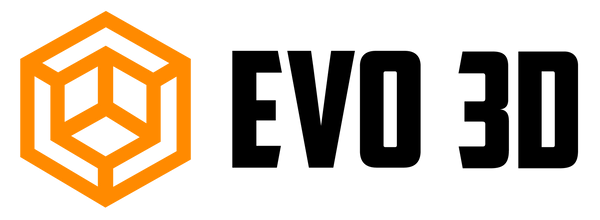How to Pick the Ideal 3D Scanner for Your 3D Printer?
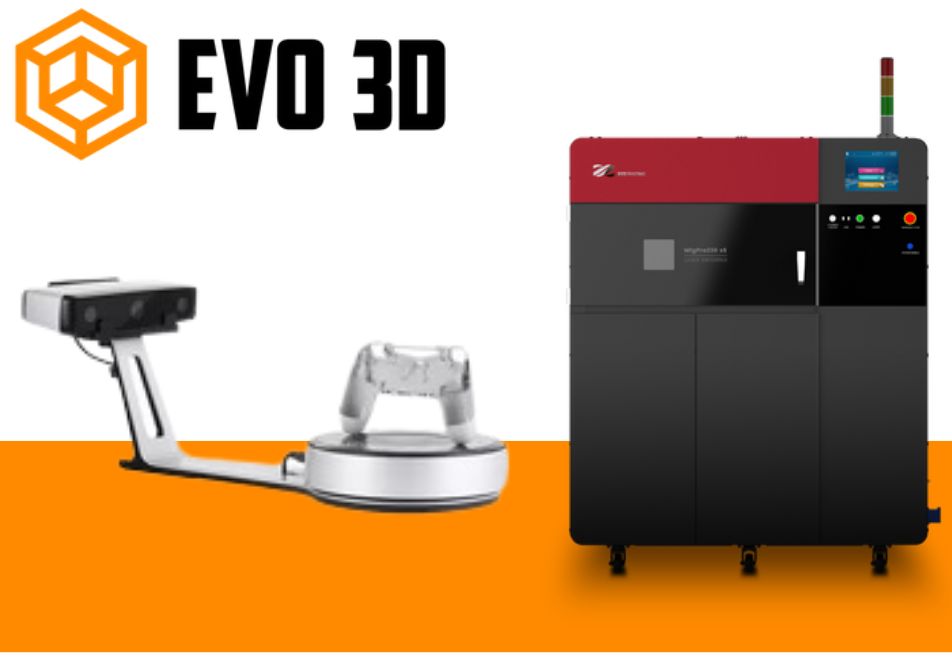
3D scanning plays an important role in 3D fabrication workflows. Furthermore, whether it be engineers, product designers or researchers. All resort to the use of the best 3D scanners available in the market. When it comes to developing digital models in a much faster and more productive way. This procedure more often comprises the incorporation of already available designs via reverse engineering, digitising hand-sculpted clay designs. Or referring to the precise form of the human body. Evo 3D is one such British supplier of industrial 3D scanners and industrial FDM printers.
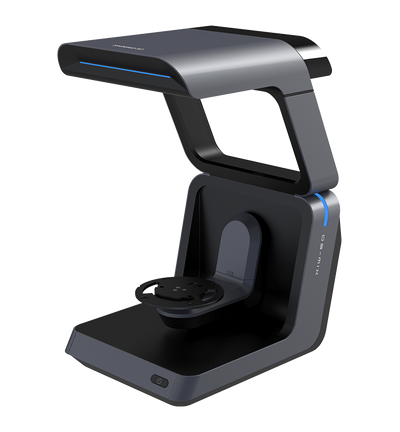
No Shortage of Options
Also, with a wide range of product options ranging from handheld to desktop industrial 3D scanners. It becomes quite difficult for even the experts to decide on the best 3D scanning system. That is the best choice in terms of application and budget. So, if you are relatively new to 3D scanning. Then, below you will get to learn in detail about what to look for in a 3D scanner when one is in the market, on the lookout for the best 3D scanner.
Things You Need to Consider When Choosing a 3D Scanner
1. 3D Scanner Precision vs. Price
Scan accuracy varies greatly depending on scanner technologies. Also, higher accuracy costs more, in general. Not only that, the required toleration of your final part can be of great help when it comes to determining the accuracy requirements for a 3D scanner. With an accuracy in the range of 0.1 mm or better, laser and structured light scanners. Fall in the category of best 3D scanners for professional applications and alongside high-resolution industrial FDM printers.
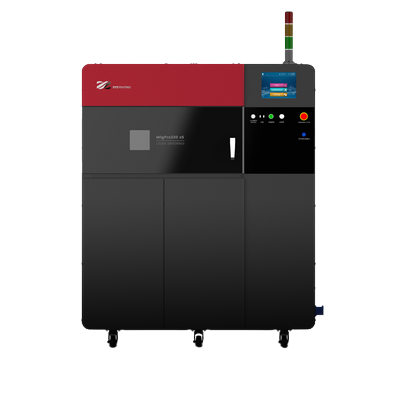 Furthermore, various entry-level laser scanners in the market use technology similar to higher-end systems. Also, these scanners are a great way to kick-start reproducing small objects at 1:1 scale. As one would expect, the accuracy of entry-level laser 3D scanners is comparatively lower than a high-end scanner. But they can easily offer enough detail to reproduce small adorning objects and figures where accuracy is of not that much importance.
Furthermore, various entry-level laser scanners in the market use technology similar to higher-end systems. Also, these scanners are a great way to kick-start reproducing small objects at 1:1 scale. As one would expect, the accuracy of entry-level laser 3D scanners is comparatively lower than a high-end scanner. But they can easily offer enough detail to reproduce small adorning objects and figures where accuracy is of not that much importance.
2. 3D Scanner Coverage & Volume
Besides, the area capturing capacity of a 3D scanner varies significantly between scanners. Get your hands on a 3D scanner that best meets your size and resolution requirements without costing you too much. As the scanner costs increase with scan volume. Handheld scanners can be moved manually around the object. And come with fewer size curbs in comparison to their desktop counterparts.
Furthermore, the most affordable handheld 3D scanners can capture objects ranging from the size of a basketball to an entire room. High-end handheld scanners, on the other hand, offer you an even wider range, and fill the calling for all objects that ask for precise measurements, but cannot fit in a desktop scanner. To be precise, if you want to get your hands on the best 3D scanner you need to be clear about your usage patterns. And arrange for the financing accordingly. In addition, Evo 3D can help you decide the best industrial FDM printer and industrial 3D scanner for you.
How Does 3D Scanning Acts as A Companion To 3D Printing?
3D scanners are available in the market to increase the abilities of a 3D printer. By allowing its users to create an exact copy of nearly any object. When together both these technologies come up with a powerful, digital workflow that can both untangle and refine processes in a variety of industries. The output from an industrial 3d scanner is a mesh of triangles that represent the surface of an object at a real-world scale. In some situations, the scan data can be applied straightforwardly to reproduce objects minus any CAD work.Industrial 3D scanners are also precious tools of great help in measuring the accuracy of manufactured objects. There are a lot of factors that affect a 3D print’s accuracy. And metrology-grade 3D scanners offer a clear picture of how a material delivers when it comes to demanding applications.
A variation of strong workflows is enabled by bringing together a 3D printer and a 3D scanner:
• Reverse engineering to develop replacement parts and products with custom ergonomics, and more.
• Repair and replication of parts, mostly in art and jewellery.
• Medical & dental applications, and how 3D scanning is allowing patient-specific workflows.
Procedure to Configure Your 3D Printer and Scanner
To configure your industrial 3D scanner and industrial FDM printer, you have to follow specific procedures and instructions. Which varies depending on the model type of both the 3D printer and the 3D scanner. Also, a 3D scanner takes input through a USB connection. 3D printers, on other hand, can either use a USB or a network interface for input.
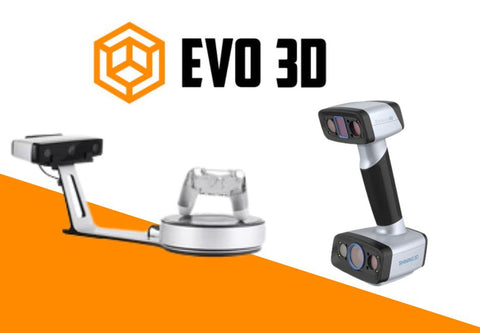 When you wish to 3D scan a product for 3D printing. You need to hook the USB plugs of the 3D printer and 3D scanner to the USB port of the computer that contains the required software to operate both devices. And then use this software to carry out the scanning and printing operation from start to end.
When you wish to 3D scan a product for 3D printing. You need to hook the USB plugs of the 3D printer and 3D scanner to the USB port of the computer that contains the required software to operate both devices. And then use this software to carry out the scanning and printing operation from start to end.
